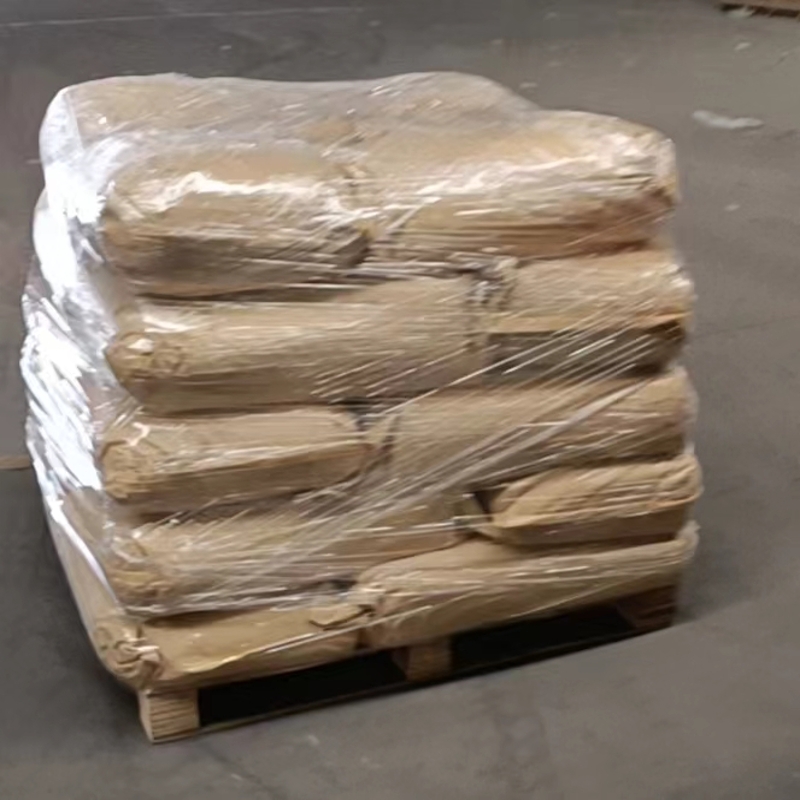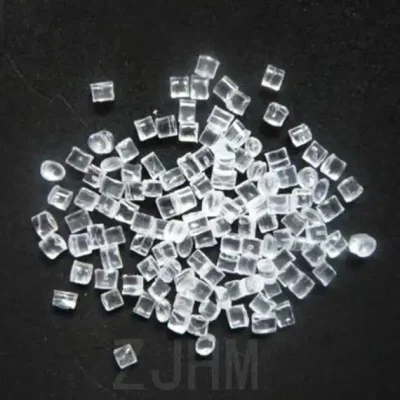-
Categories
-
Pharmaceutical Intermediates
-
Active Pharmaceutical Ingredients
-
Food Additives
- Industrial Coatings
- Agrochemicals
- Dyes and Pigments
- Surfactant
- Flavors and Fragrances
- Chemical Reagents
- Catalyst and Auxiliary
- Natural Products
- Inorganic Chemistry
-
Organic Chemistry
-
Biochemical Engineering
- Analytical Chemistry
-
Cosmetic Ingredient
- Water Treatment Chemical
-
Pharmaceutical Intermediates
Promotion
ECHEMI Mall
Wholesale
Weekly Price
Exhibition
News
-
Trade Service
In 2015, China's auto market entered a low-speed growth, and the traditional auto market was cold
.
Contrary to this, the new energy vehicle market is booming, with monthly production exceeding 30,000 units, and sales momentum is booming
.
Although many problems such as charging standards and business models still need to be solved, under the background of the continuous release of policy dividends, new energy vehicles and their industrial chains continue to develop at a rapid pace
.
It is understood that from the General Office of the State Council issued the "Guiding Opinions on Accelerating the Construction of Electric Vehicle Charging Infrastructure", to Premier Li Keqiang's important instructions, pointing out that accelerating the development of energy-saving and new energy vehicles, implementing and improving support policies for the "bottlenecks" and "shortcomings" of industrial development, and then to the newly released "Made in China 2025" key areas of the technology roadmap, it is undeniable that the popularity of new energy vehicles and their industrial chain is inseparable from the strong support of policies
.
In 2015, new energy vehicles ushered in a period of explosive growth, but domestic mainstream vehicle companies were not ready, and many companies said that due to insufficient power battery reserves, production capacity could not keep up
.
Energy companies have raised funds to increase the new energy vehicle industry chain
.
Energy companies have also carried the banner
of "building cars" because of their unique battery production technology.
However, it is worth noting that the outbreak of the new energy vehicle industry can not cover up the lack of key technologies, and the current problems in the fields of vehicle integration, lightweight, batteries, motors, and electronic control in China have not been properly solved
.
In 2015, China's auto market entered a low-speed growth, and the traditional auto market was cold
.
Contrary to this, the new energy vehicle market is booming, with monthly production exceeding 30,000 units, and sales momentum is booming
.
Although many problems such as charging standards and business models still need to be solved, under the background of the continuous release of policy dividends, new energy vehicles and their industrial chains continue to develop at a rapid pace
.
It is understood that from the General Office of the State Council issued the "Guiding Opinions on Accelerating the Construction of Electric Vehicle Charging Infrastructure", to Premier Li Keqiang's important instructions, pointing out that accelerating the development of energy-saving and new energy vehicles, implementing and improving support policies for the "bottlenecks" and "shortcomings" of industrial development, and then to the newly released "Made in China 2025" key areas of the technology roadmap, it is undeniable that the popularity of new energy vehicles and their industrial chain is inseparable from the strong support of policies
.
In 2015, new energy vehicles ushered in a period of explosive growth, but domestic mainstream vehicle companies were not ready, and many companies said that due to insufficient power battery reserves, production capacity could not keep up
.
Energy companies have raised funds to increase the new energy vehicle industry chain
.
Energy companies have also carried the banner
of "building cars" because of their unique battery production technology.
However, it is worth noting that the outbreak of the new energy vehicle industry can not cover up the lack of key technologies, and the current problems in the fields of vehicle integration, lightweight, batteries, motors, and electronic control in China have not been properly solved
.







